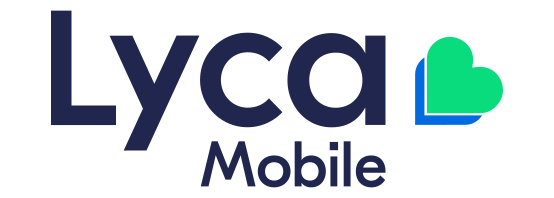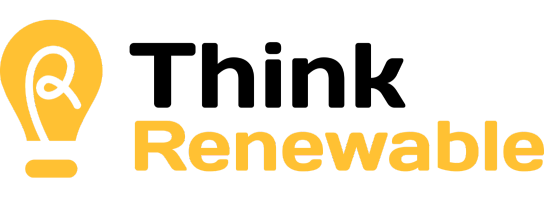How to Stand Out: Behavioural Interview Strategies
When applying for your dream role, securing that coveted job interview is a fantastic first step but it’s essential to be prepared. Behavioural interview questions are a powerful tool employers use to assess your skills and fit for the role, but with plenty of fierce competition out there, how do you make sure you stand out in the interview room?
To help you ace your next job interview, our team of WOWzers has put together some questions and answers so you can recognise what an example behavioural interview question looks like and prepare a strong response that’ll be sure to impress.
What are Behavioural Interview Questions?
Unlike traditional interview questions that focus on your resume ("What are your strengths?"), behavioural interview questions delve deeper. They ask you to describe past experiences and how you handled specific situations. This allows employers to see what you've actually accomplished, not just what you say you can do.
How to Answer Behavioural Interview Questions
You might have heard of the STAR Method, a framework that helps you structure your answers. This framework is particularly helpful when it comes to answering behavioural interview questions so it’s important to understand this method and how it works.
STAR stands for:
- Situation: Briefly describe the context of the situation you faced.
- Task: Explain what your specific role or responsibility was in that situation.
- Action: Detail the steps you took to address the situation.
- Result: Describe the outcome of your actions and what you learned from the experience.
Let’s take a look at some sample behavioural interview questions and how using the STAR method can help you answer them well.
Examples of Behavioural Interview Questions
Example Question: Tell me about a time you faced a challenge and how you overcame it.
Example Answer:
Situation and Task: "During my internship at a marketing agency, we were tasked with launching a social media campaign for a new client on a tight deadline. However, halfway through, we discovered the target audience data we received was inaccurate. This could have significantly impacted the campaign's success."
Action: "I immediately called a team meeting to discuss the issue. We brainstormed solutions and decided to conduct additional market research. We then presented our findings to the client and adjusted the campaign strategy accordingly."
Result: "By taking proactive steps, we were able to launch a successful campaign that exceeded the client's expectations. This experience also highlighted the importance of clear communication and adaptability in fast-paced environments."
Example Question: Describe a situation where you had to work effectively under pressure.
Example Answer:
Situation/Task: "As a customer service representative, I once received a call from a very angry client who was experiencing technical difficulties with our product. I knew it was crucial to de-escalate the situation and find a solution quickly."
Action: "I actively listened to the client's concerns and empathised with their frustration. Then, I calmly explained troubleshooting steps and offered potential solutions. I also ensured clear communication by repeating key information to avoid misunderstandings."
Result: "Through patience and effective communication, I was able to resolve the client's issue and even turn their experience into a positive one. This situation reinforced the importance of staying calm under pressure and prioritising customer satisfaction."
Example Question: Give me an example of a time you had to work collaboratively as part of a team.
Example Answer:
Situation/Task: "In my previous role, I was part of a team developing a new software application. While everyone had strong individual skills, there were initial communication gaps that hindered progress."
Action: "I suggested organising regular team meetings to discuss ideas and ensure everyone was on the same page. Additionally, I volunteered to create a shared document to track progress and assign tasks clearly."
Result: "These initiatives fostered better collaboration and communication within the team. We were able to successfully launch the application on time and within budget, demonstrating the power of teamwork and effective communication strategies."
Example Question: Describe a situation where you had to make a difficult decision.
Example Answer:
Situation/Task: "As a project manager, I had to decide between allocating resources to two equally important projects with conflicting deadlines. Both projects were crucial for the company's success."
Action: "I assessed the potential impact of delays on each project. I then consulted with team members and stakeholders to gather their perspectives. Based on the gathered information, I prioritised the project with the more immediate deadline and devised a plan to minimise delays for the second project."
Result: "By taking a data-driven approach and involving stakeholders in the decision-making process, we were able to meet both deadlines successfully. This experience underscored the importance of careful analysis and collaborative decision-making."
Example Question: Tell me about a time you had to go above and beyond for a client or colleague.
Example Answer:
Situation/Task: "While working on a client presentation, I noticed a critical piece of information was missing. The deadline was tight, but I knew this omission could potentially affect the client's decision."
Action: "Without informing my team initially, I took the initiative to research and find the missing information during my off-hours. I then incorporated the information into the presentation and informed my colleagues the next morning."
Result: "The client was very impressed with the thoroughness of the presentation and ultimately awarded us the project. This experience highlighted my commitment to exceeding expectations and going the extra mile for the team's success."
Beyond the STAR Method: Mastering the Behavioural Interview
While the STAR Method provides a strong foundation, here are some additional tips to conquer behavioural interview questions:
- Tailor your responses: Research the company and the specific role. Connect your past experiences and skills to the requirements of the position.
- Be specific: Provide concrete examples and quantifiable results whenever possible.
- Focus on your actions and impact: Use strong action verbs and emphasise how your actions contributed to the outcome.
- Show enthusiasm and passion: Express your genuine interest in the role and the company.
- Practice makes perfect: Rehearse your answers using the STAR Method with a friend or family member.
Ready to Ace Your Job Interview?
By understanding behavioural interview questions and preparing effective responses using the STAR Method, you'll be well-equipped to impress potential employers and secure your dream job.
Still need some help navigating the interview process? At WOW Recruitment, we specialise in connecting talented individuals with exciting opportunities. The friendly and experienced team at our Sydney recruitment agency can provide personalised interview coaching and guidance to help you shine in your next interview.
Get in touch with us today and let's unlock your career potential!
















